The Wade Insulator
by Fred C. Koehler
Reprinted from "INSULATORS - Crown Jewels of the Wire", June 1973, page 15
The first thing I wish to do is to thank David and Marilyn Delling for giving
me permission to use the information in their book, Before Threads, a story of
the Wade insulator; and I also want to thank Frank Jones for permission to use
information about the Wade Insulator from his reprint of History, Theory and
Practice of the Electric Telegraph, year 1860, reprinted September 1972. Both
books not only have Information about insulators, but other information useful
to a collector.
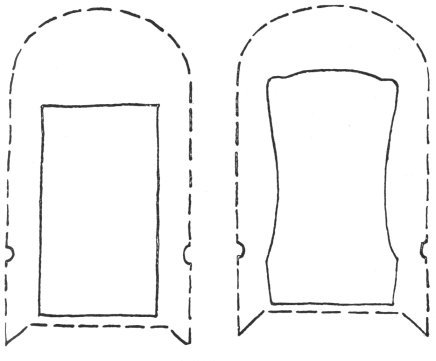
The Wade insulator is a noteworthy fragment of early Americana. It is a glass
insert insulator with a wooden overcoat used on early telegraph lines sometimes
paralleled close to the Pony Express route across some of the western states.
Before we continue about more information on the Wade insulator let's see who
Mr. Wade was and some of his background. Jeptha H. Wade, who invented the Wade
insulator probably in the late 1850's, was born in Seneca County, New York., in
1811. His early career was varied and included a period when he was a wandering
portrait painter. By 1847 he was active in telegraph construction and
operations, and in 1855 he was a party to the organization of the Western Union
Telegraph Company. He later served as president of this company for one year in
1866. He also served as president of the Pacific Telegraph Company which built
the eastern section of the first transcontinental telegraph in 1861. It's not
surprising that Wade insulators were used on this line Omaha to Salt Lake.
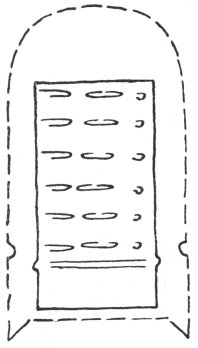
Below are two pictures of the Wade insulator.
No. 1 is the picture of the Wade insulator I got from Forest Jones of
Carlisle, Ohio. I understand it was on display at the Nat. Insulator Show at
Kansas City last year (1972). The glass insert on the left was dug up at the old
Pony Express station, Sacramento, Calif. The insert on the right was dug up in
Indiana.
Picture No. 2, you will note, shows two different wooden covers used over the
glass insert. The wooden cover to the right is a hand-made copy exact
measurement of the one which was on display at the Nevada State Museum in Carson
City. (Wood Covered Insulator-Telegraph, 1863, found near east summit of
Kingsbury Grade, Nevada, Photo #2710, Negative 972.) These two wooden covers are
shown in more detail on the following pages.
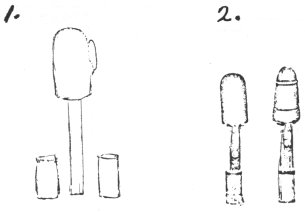
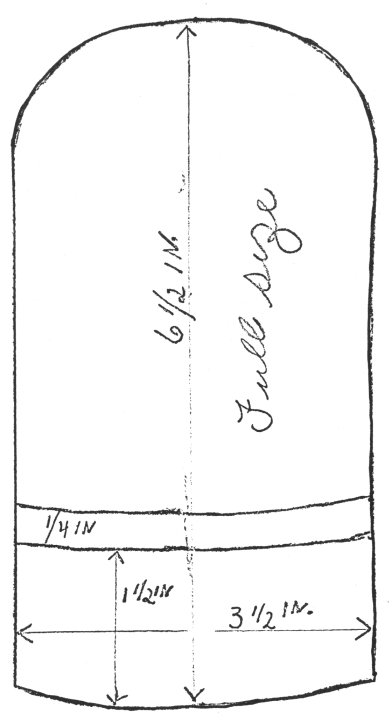
From Nevada State Museum
Carson City, Nevada 89701
Photo #2710
Negative 972.
WOOD COVERED INSULATOR - TELEGRAPH, 1863
Found near east summit of
Kingsbury Grade, Nevada
(Near Stateline, Nevada)
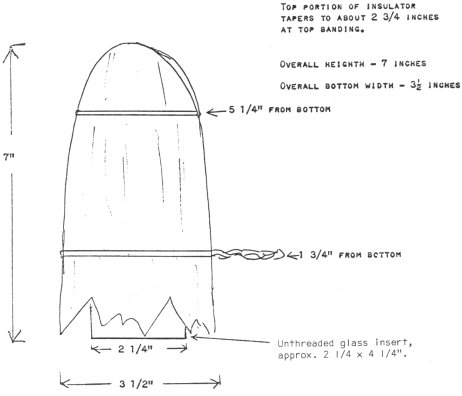
Note the iron band around the Insulator close to the top.
A picture of this insulator found In Nevada is in Tibbits book, Volume 2, A
Guide for Insulator Collectors, page 21.
Just a little background of what it took to construct a telegraph line in the
early days (0maha to Salt Lake section). Four hundred men fitted out for a hard
campaign, with a rifle and Navy revolver for each man, and with the necessary
provisions, including one hundred head of cattle for beef. For the
transportation of the material and the supplies for this army of workmen, five
hundred oxen and mules and over one hundred wagons were purchased for this
project.
The poles were of large size, about 80 to the mile, half of red cedar, the
remainder mostly pine. The wire used in this line was No. 9 iron, zinc-coated,
weighing three hundred and fifty pounds to the mile. The insulators were of
glass, protected by a wooden shield, of the pattern known as the Wade insulator.
Below is a reprint showing the Wade Insulator and how it was mounted on poles
and other information about the Wade.
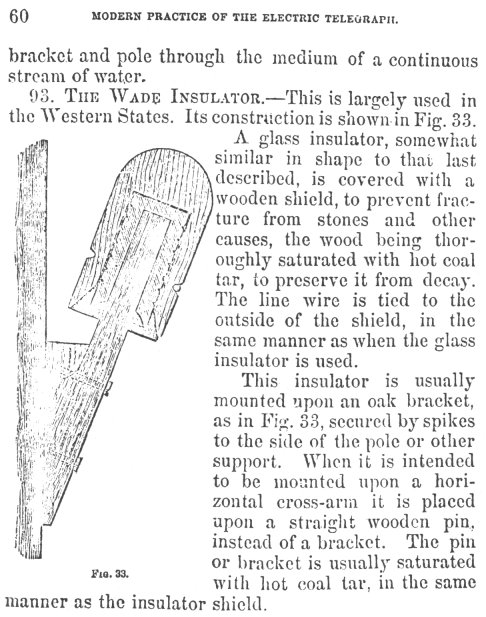
(Text from article above:)
MODERN PRACTICE OF THE ELECTRIC TELEGRAPH.
bracket and pole through the medium of a continuous stream of water.
93. The WADE INSULATOR--This is largely used in the Western States. Its
construction is shown in Fig. 33. A glass insulator, somewhat similar in shape
to that last described, is covered with a wooden shield, to prevent fracture
from stones and other causes, the wood being thoroughly saturated with hot coal
tar, to preserve it from decay. The line wire is tied to the outside of the
shield, in the same manner as when the glass insulator is used.
This insulator is usually mounted upon an oak bracket, as in Fig. 33, secured
by spikes to the side of the pole or other support. When it is intended to be
mounted upon a horizontal cross-arm it is placed upon a straight wooden pin,
instead of a bracket. The pin or bracket is usually saturated with hot coal tar,
in the same manner as the insulator shield.
| 